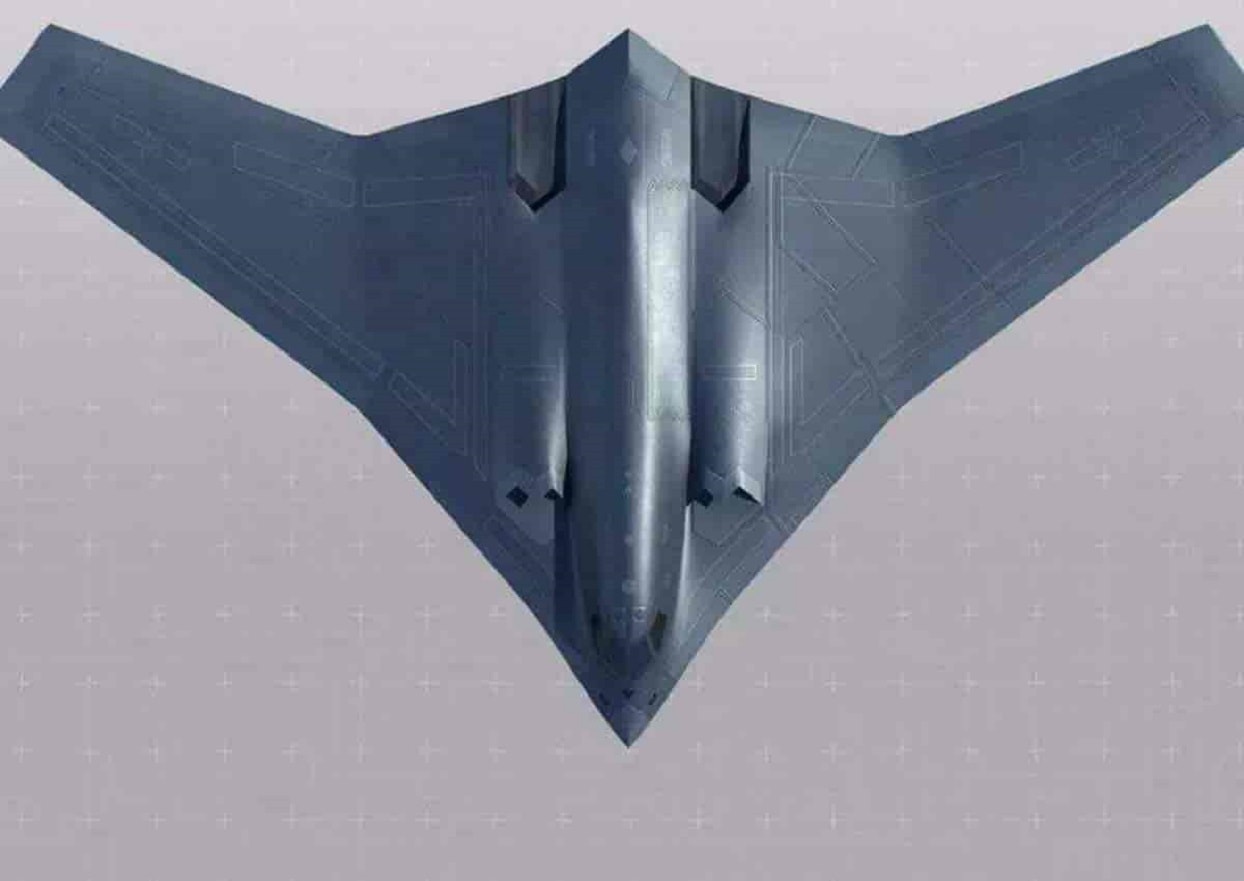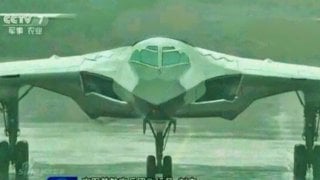H-20: Should China's New Stealth Bomber 'Freakout' the U.S. Military?
China’s Xi’an H-20, an anticipated stealth bomber by the People’s Liberation Army Air Force, represents a leap in China’s strategic capabilities, potentially extending its reach to U.S. bases in Guam and Hawaii, as well as Australian cities.
What You Need to Know: China’s Xi’an H-20, an anticipated stealth bomber by the People’s Liberation Army Air Force, represents a leap in China’s strategic capabilities, potentially extending its reach to U.S. bases in Guam and Hawaii, as well as Australian cities.

-Designed with stealth and long-range capabilities, the H-20 could carry a 40-ton payload with a combat range of over 5,000 miles. Resembling the U.S. B-2 Spirit and upcoming B-21 Raider, the H-20 may be influenced by American technology.
-However, production delays and reported engineering challenges have prevented its official debut, leading analysts to question the bomber’s true capability.
H-20 Bomber Profile
In the study of chemistry, H2O is the chemical formula for water, a compound that covers seventy percent of the Earth’s surface, is the main constituent of the fluids of all known living organisms, and is vital for all known life forms.
In the study of military aviation, H-20 is a means of dealing with death, a prospective subsonic stealth bomber for China’s People’s Liberation Army Air Force (PLAAF) which – along with the Chengdu J-20 fifth Generation fighter -- is intended to boost that Communist country’s agenda for regional intimidation and global power projection, if not outright domination. Say Nihao-ma to the Xi’an H-20 (AKA Hong-20, Xi’an H-X), which represents the People’s Republic of China’s (PRC’s) first would-be long-range strategic bomber.
H-20 Initial History & Purported Specifications
Designed by the Xi'an Aircraft Industrial Corporation, AKA Xi'an Aircraft Company Limited (XAC) headquartered in the eponymous city of Xi’an, the capital of the Chinese province of Shaanxi, the plans for the H-20 were first announced back in 2016 by General Ma Xiaotian, who, at the time was serving as the Commander of the PLAAF. Two years later, and one year, after Ma was succeeded by Gen. Xu Qiliang, a PLAAF spokesman, confirmed that the development stage of the program was making “great progress”.
XAC is also the company that produced the 1950s vintage H-6 bomber, a licensed-built version of the famous Soviet Tupolev Tu-16 bomber.

Since this prospective warbird has yet to officially manifest itself, any technical specifications and vital stats on the plane are pure speculations at this point; according to my colleague Brandon J. Weichert in an article for The National Interest, the bomber is expected to pack a payload of forty tons and have a combat range of up to 8,077 kilometers, or 5,018 miles, without refueling, which would easily enable it to threaten U.S. military assets in Guam, such as Andersen AFB. It could feasibly even reach Hawaii’s Joint Base Pearl Harbor-Hickam or Schofield Army Barracks, granting the PRC power projection capabilities that extend into the Second Island Chain.
As if that weren’t scary enough, the Australian cities of Perth, Darwin, and Sydney would be within striking range of an H-20 launched from the PRC’s southernmost province of Hainan.
Something Look Strangely Familiar?
The actual appearance of the bomber is also purely speculation. However, as defense writer Thomas Newdick reported, “The saga of China’s H-20 next-generation bomber may have taken a very interesting new turn, with the appearance of at least two models showing a new aircraft design, or at least a concept, that seems to have strong similarities to how the H-20 is expected to look.”
To reiterate what I noted in an earlier article, the models, a sort of silvery metallic wind tunnel test model, bore a strikingly coincidental resemblance to two American stealth bombers, namely:
(1) the Northrop B-2 Spirit, which is still the only operational stealth bomber in the world today
(2) the Northrop Grumman B-21 Raider, which is the intended sixth Generation heir apparent to the Spirit. As I also said back then, “Given China’s penchant for copycatting or outright stealing U.S. military technology and reverse-engineering that technology, this on-the-surface resemblance to the B-2 shouldn’t seem surprising.”

The Way Forward?
Luckily for the United States and her freedom-loving allies in the Indo-Pacific region who rightfully shudder at the prospect of Chinese domination, not all has been sunshine and rainbows for the H-20 program. For one thing, the much-ballyhooed plane was not showcased at Airshow China 2023 as had been originally planned.
Fast-forward to March 2004, when PLAAF Vice Commander Gen. Wang Wei announced at the fourteenth National People's Congress that their stealth bomber would be revealed “very soon.” However, seven months later, we’re all still in wait-and-see mode.
Moreover, as an anonymous Pentagon official was quoted in Breaking Defense the following month, “The thing with the H-20 is when you look at the system design, it's probably nowhere near as good as U.S. LO (low observable]) platforms, particularly more advanced ones that we have coming down…They've run into a lot of engineering design challenges, in terms of how do you make that system capability function similarly to, like, a B-2 or a B-21."
Time will tell.
About the Author:
Christian D. Orr is a Senior Defense Editor for National Security Journal (NSJ). He is a former Air Force Security Forces officer, Federal law enforcement officer, and private military contractor (with assignments worked in Iraq, the United Arab Emirates, Kosovo, Japan, Germany, and the Pentagon). Chris holds a B.A. in International Relations from the University of Southern California (USC) and an M.A. in Intelligence Studies (concentration in Terrorism Studies) from American Military University (AMU). He has also been published in The Daily Torch , The Journal of Intelligence and Cyber Security, and Simple Flying. Last but not least, he is a Companion of the Order of the Naval Order of the United States (NOUS).
Image Credit: Creative Commons and/or Shutterstock.


